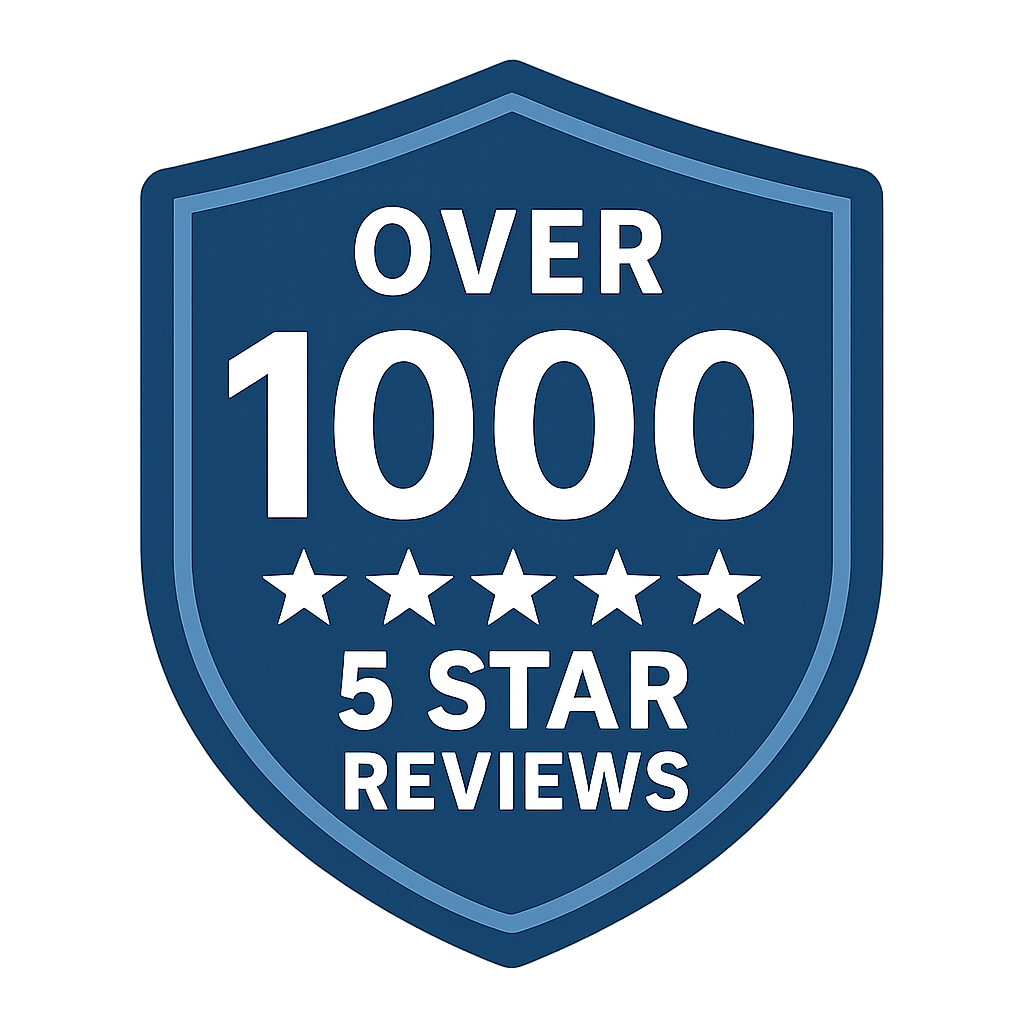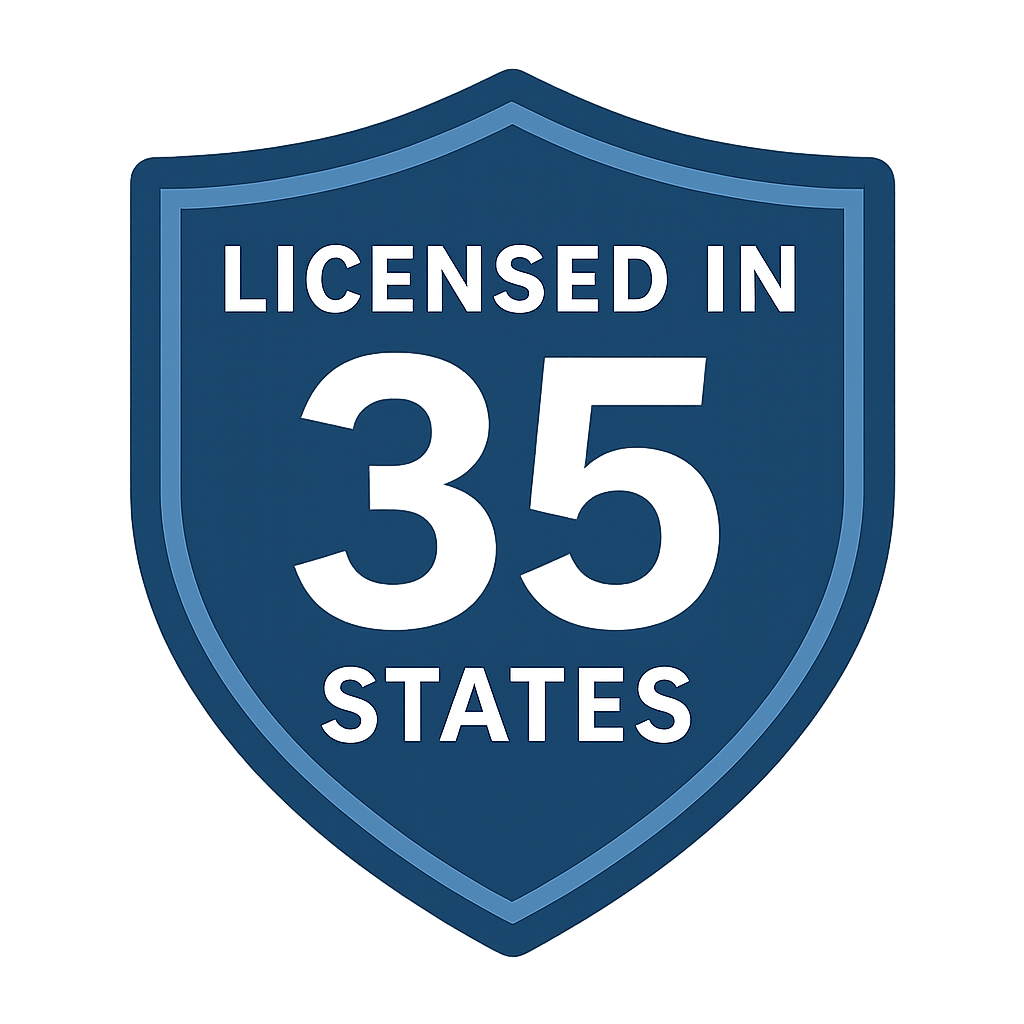Average Cost of a Car Accident
What crashes really cost… and how smart coverage can protect your wallet
Table of Contents
Direct vs Indirect Costs
Accidents create direct costs (repairs, medical bills, rentals, deductibles) and indirect costs (time off work, rides, higher premiums). The right mix of coverages shifts risk off of you.
See coverage trade-offs in our Auto Insurance Comparison.
What Drives Price
Severity, vehicle value, injury care, labor rates, parts availability, and your limits/deductibles all change the total bill… and who pays it.
How To Prepare
Set limits for liability, add UM/UIM, PIP or MedPay, and consider rental & towing. We’ll help you dial in a plan that protects your budget.
Protect Your Budget Before a Crash Happens
Set the right limits, add smart options, and get instant proof.
What is the average cost of a car accident… and how can insurance limit your out-of-pocket?
Every crash is different, yet the pattern is familiar… repair or total loss on the vehicle, medical treatment for injuries, a rental car while yours is down, time off work, and later, potential premium changes. Liability insurance pays others you injure or their property you damage. Comprehensive and collision cover your own car… minus your deductible. Uninsured and underinsured motorist (UM/UIM) steps in when the other driver lacks enough coverage. Personal Injury Protection (PIP) or Medical Payments (MedPay) helps with medical bills regardless of fault, depending on your state. When you tune these pieces together, you cap most big bills and avoid cascading costs after the fact.
Drivers tell us they want affordable coverage that still handles a serious claim. That’s why we compare Progressive, Nationwide, Travelers, Safeco, Bristol West, Foremost, and others, then recommend limits and deductibles that fit your car’s value and your cash flow. If a violation leads to a state filing, our SR22 States hub explains requirements and timelines. For a quick side-by-side of coverage types and when they pay, start with our Auto Insurance Comparison, carrier context like Bristol West & Foremost, and practical info such as what appears on your proof of insurance card. Set your plan now… so an unexpected fender-bender doesn’t become a financial mess later.
Understanding Car Accident Costs
What costs add up after a typical car accident?
Repairs or total loss, medical care, towing, storage, rental, lost wages, and possible premium changes are the big buckets.
What makes some accidents far more expensive than others?
Injuries, high-value vehicles, major frame damage, supply chain delays, and low policy limits drive costs sharply higher.
Who pays for my car repairs after a crash?
If you’re at fault, collision (minus deductible) pays; if the other driver is at fault, their liability pays. Subrogation can settle differences.
Compare coverages in our comparison guide.
What happens if my car is a total loss?
Your insurer pays the actual cash value (ACV) minus your deductible if you carry collision or comprehensive (for non-collision causes).
Do I pay a deductible when I’m not at fault?
If you use your own collision, yes; your deductible may be reimbursed when your insurer recovers from the at-fault carrier.
Will I owe for towing, storage, and rental?
Those charges can be significant. Towing is often covered by roadside; rental needs a rental/transportation endorsement.
Medical Bills, PIP/MedPay, and UM/UIM
How are injury costs handled?
At-fault liability pays others’ injuries; your PIP/MedPay can help your medical bills; health insurance and UM/UIM fill gaps.
What’s the difference between PIP and MedPay?
PIP can include medical, lost wages, and more depending on state; MedPay focuses on medical expenses.
Why is UM/UIM coverage so important?
If the other driver has little or no insurance, UM/UIM protects you and your passengers up to your chosen limits.
Carrier options overview in Bristol West & Foremost.
Does health insurance still apply after a crash?
Yes. Health insurance can coordinate with auto coverages; deductibles and copays may still apply.
Can medical costs exceed auto policy limits?
Severe injuries can outstrip low limits. Higher liability and UM/UIM help prevent catastrophic out-of-pocket exposure.
What about ambulance and ER bills?
They’re billed separately and add up quickly. PIP/MedPay and health insurance reduce the immediate burden.
Claims, Repairs, and Timelines
How does the claims process work?
Report the crash, provide photos and police info, estimate damage, approve repairs or total loss, then finalize payment.
Can I choose my own repair shop?
Usually yes. Preferred networks can speed parts and billing; you’re free to choose, subject to policy terms.
What is diminished value?
Even after repair, a vehicle may be worth less due to accident history. Some states allow claims for that loss.
Proof docs explained in this proof card guide.
How long does a claim take?
Simple fender-benders can be quick; parts shortages, injuries, or liability disputes extend timelines.
Will my premium go up after an accident?
Often yes, especially at-fault crashes. We reshop at renewal and explore accident-forgiveness where available.
Should I pay small losses out of pocket?
Sometimes. Consider your deductible, potential surcharges, and whether a claim helps more than it hurts.
Reducing Risk and Out-of-Pocket
How can I lower the average cost of a crash before it happens?
Choose higher liability, carry UM/UIM, add PIP/MedPay, pick the right deductibles, and keep rental/towing active.
Do telematics or “snapshot” programs help?
Often yes for safe, low-mileage drivers. Results vary by carrier and driving habits.
How do deductibles affect my bill?
Higher deductibles lower premium but raise out-of-pocket at claim time. Balance savings with cash-on-hand.
Carrier examples in Bristol West & Foremost.
Is accident forgiveness worth it?
It can soften surcharges after your first at-fault crash. Availability and pricing vary by company.
When should I reshop after an accident?
At renewal and after life changes. We compare carriers to offset increases when possible.
Do safety features reduce costs?
Advanced safety can prevent injuries, but sensor-heavy cars may cost more to repair. Net effect depends on the crash.
Legal, Documentation, and Special Cases
Do I need a police report for the claim?
Not always, but it often helps establish facts and speeds liability decisions.
What documents should I keep after a crash?
Photos, contact/insurance for all drivers, witness info, medical receipts, repair estimates, and your proof of insurance.
Could I need an SR22 after an accident?
If violations or a suspension occur, a filing may be required. See state rules and timelines in our SR22 States hub.
What if the other driver has no insurance?
Your UM/UIM can cover injuries and sometimes property damage, depending on your state and limits.
How does a rental reimbursement endorsement work?
It pays a daily amount toward rental or transportation while your car is down after a covered loss.
Are accessories or aftermarket parts covered?
Some policies need an endorsement to cover upgrades like wheels, audio, or wraps—ask us to list them.
Customize Coverage to Control Accident Costs
Add UM/UIM, PIP/MedPay, rental & towing… and see the price impact instantly.
Coverage Options That Change Your Out-of-Pocket
Liability Only
Pays others you injure or their property you damage. Lowest premium… highest risk to your own car.
Full Coverage
Liability + comprehensive & collision. You pay a deductible; insurer pays the rest up to ACV.
UM/UIM + PIP/MedPay
Backstops medical and injuries when the other driver is uninsured or underinsured.
Rental & Towing
Reduces out-of-pocket for transportation, tows, and storage during repairs.
Last Updated on by Shawn Christie



